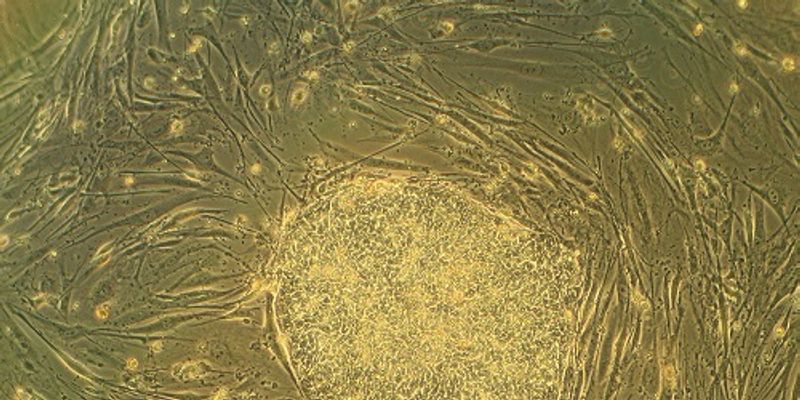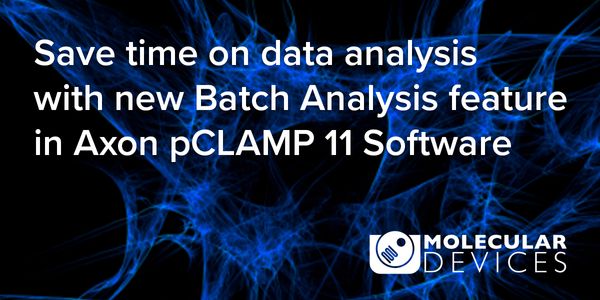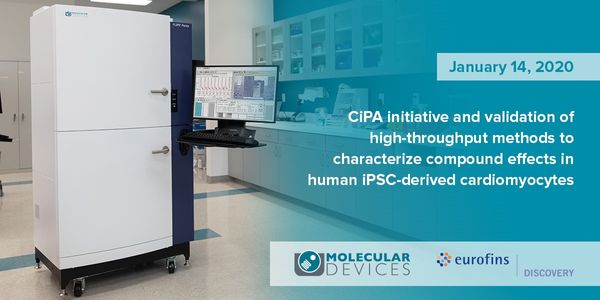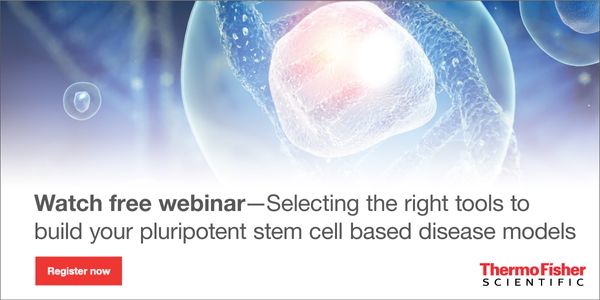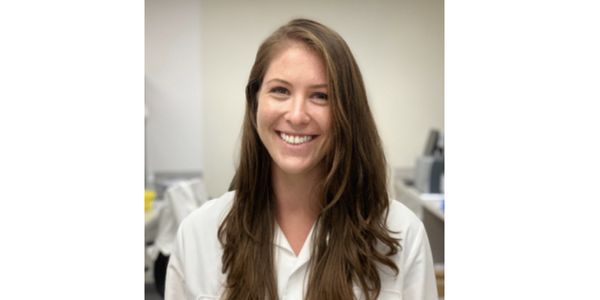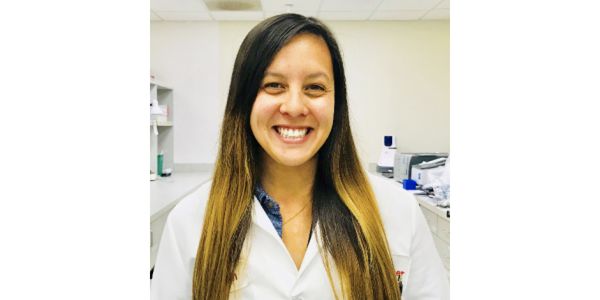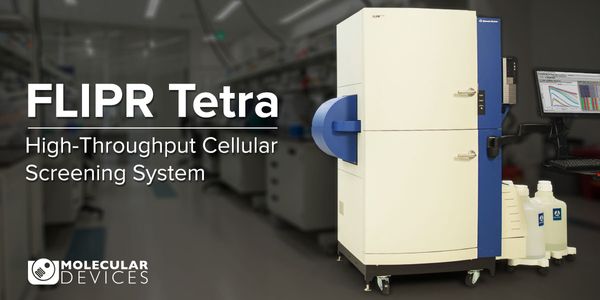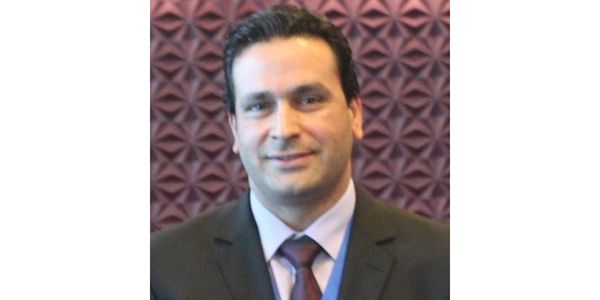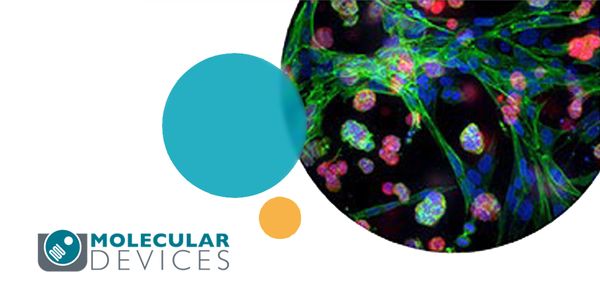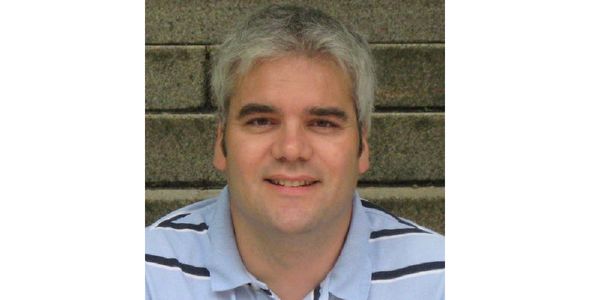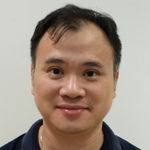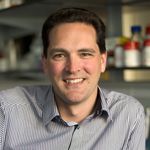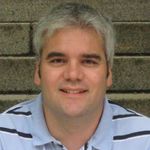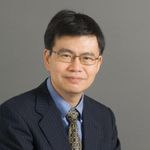HiPSC, iPS, iPSCs
Human Induced Pluripotent Cells (HiPCS) are a type of stem cell ( i.e., a cell with the ability to renew itself and other cells in body tissues) that can be derived directly from adult cells. HiPCS ( also known as iPS or iPSCs) are heavily used in regenerative tissue technology as they can propagate indefinitely and restore damaged cells in the body.
-
OCT 04, 2022 | 7:00 AMDate: October 04, 2022 Time: 7:00am (PDT), 10:00am (EDT), 4:00pm (CEST) The ability to derive induced pluripotent stem cells (iPSCs) from differentiated cell types such as fibroblasts, has r...MAR 24, 2020 | 10:00 AMDATE: March 24, 2020 TIME: 10:00 am PDT, 1:00pm EDT The Clampfit software module is a useful tool to manipulate and analyze electrophysiological data acquired by pCLAMP™ software. Rece...JAN 14, 2020 | 8:00 AMDATE: January 14, 2019 TIME: 8:00am PST Drug-induced QT interval prolongation and Torsades de Pointes (TdP) arrhythmias are the leading causes for drug withdrawals from market and compound a...Speaker: Muthukrishnan Renganathan, PhD , Panida Lertkiatmongkol, PhD , Oksana Sirenko, PhD , Carole CrittendenSponsored By: Molecular Devices, Eurofins DiscoveryJUN 19, 2019 | 11:00 AMDATE: June 19, 2019TIME: 11:00am PDT, 2:00pm EDT Abstract:...NOV 15, 2018 | 1:00 PMThe Neon transfection system enables robust transfection efficiencies in hiPSC for DNA, mRNA and Cas9/gRNA RNP complexes. For hiPSC these improved transfection as well as post-electroporation...NOV 15, 2018 | 11:00 AMGeneration of robust iPSC-derived neural stem cell cultures and neurons with shorter maturation times provide opportunities for quick and reliable generation of neuronal in vitro models. This...OCT 23, 2018 | 7:00 AMDATE: October 23, 2018TIME: 7:00AM PDTHigh Throughput Screening for the European Lead Factory (ELF) has been performed at Pivot Park Screening Centre (PPSC). 72 HTS campaigns have...OCT 01, 2018 | 12:00 AMPancreatic β cell replacement therapy is considered as a potential strategy to treat diabetes. To date, transplantation of pancreatic islets from cadavers is the most effective approach...There is increasing evidence that intracellular miRNAs play a role in the pathogenesis of many complex disease phenotypes. In addition, extracellular miRNAs in exosomes are emerging as...Speaker: Ulrich Broeckel, MD , Amy Turner, BS
APR 17, 2018 | 8:00 AM
DATE: April 17, 2018TIME: 8:00AM PST, 11:00AM ESTRecently, much research has focused on obtaining 3D brain organoids in an attempt to better recapitulate brain development and function...
Speaker:
Cassiano Carromeu, PhD
, Grischa Chandy, PhD
, Oksana Sirenko, PhD
Sponsored By: Molecular Devices
MAR 01, 2018 | 12:00 AM
The isolation of human embryonic stem cells (hESCs) and the discovery of human induced pluripotent stem cell (hiPSC) reprogramming have sparked a renaissance in stem cell biology, in vitro di...
Derivation of many different cell types from human pluripotent stem cells (embryonic stem cells or HESCs and induced pluripotent stem cells or hiPS cells) is an area of growing interest both ...
OCT 01, 2017 | 12:00 AM
Traditional high throughput screening (HTS) assays for neuronal targets employ non-human primary neuronal cells due to the scale necessary for HTS. Isolation of mouse primary neurons can be u...
The availability of well-characterised monoclonal antibodies (mAbs) detecting cell-surface epitopes on human pluripotent stem cells (hPSCs) provides useful research tools to investigate the c...
Diabetes is a debilitating chronic disease that is spirally out of control. Fundamentally, the progressive failure of pancreatic beta cells results in decreased insulin secretion, ultimately ...
Current methods for human induced pluripotent stem cells (hiPSC) derivation, expansion and differentiation can be limited in scalability and costly (due to their labor intensive nature). This...
For optimal use of human induced pluripotent stem cells (hiPSCs) it is essential to identify lines that are fully reprogrammed and of high quality with proven pluripotency in terms of differe...
DATE: June 7, 2017TIME: 9:00AM PDT, 12:00PM EDTPluripotent stem cells (PSCs) offer an unlimited source of human cardiovascular cells for research and the development of cardiac regenera...
DATE: December 6, 2016
TIME: 11:00am PT, 2:00pm ET
Experimentation involving human stem cells (HSCs) is one of the fastest growing fields in research and development due, in large part, t...
